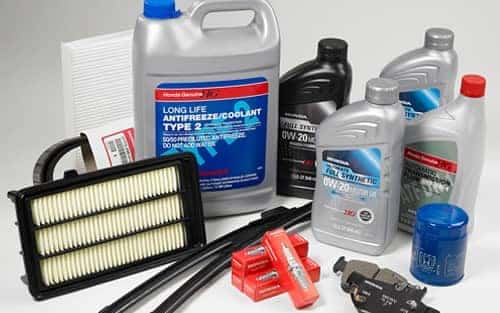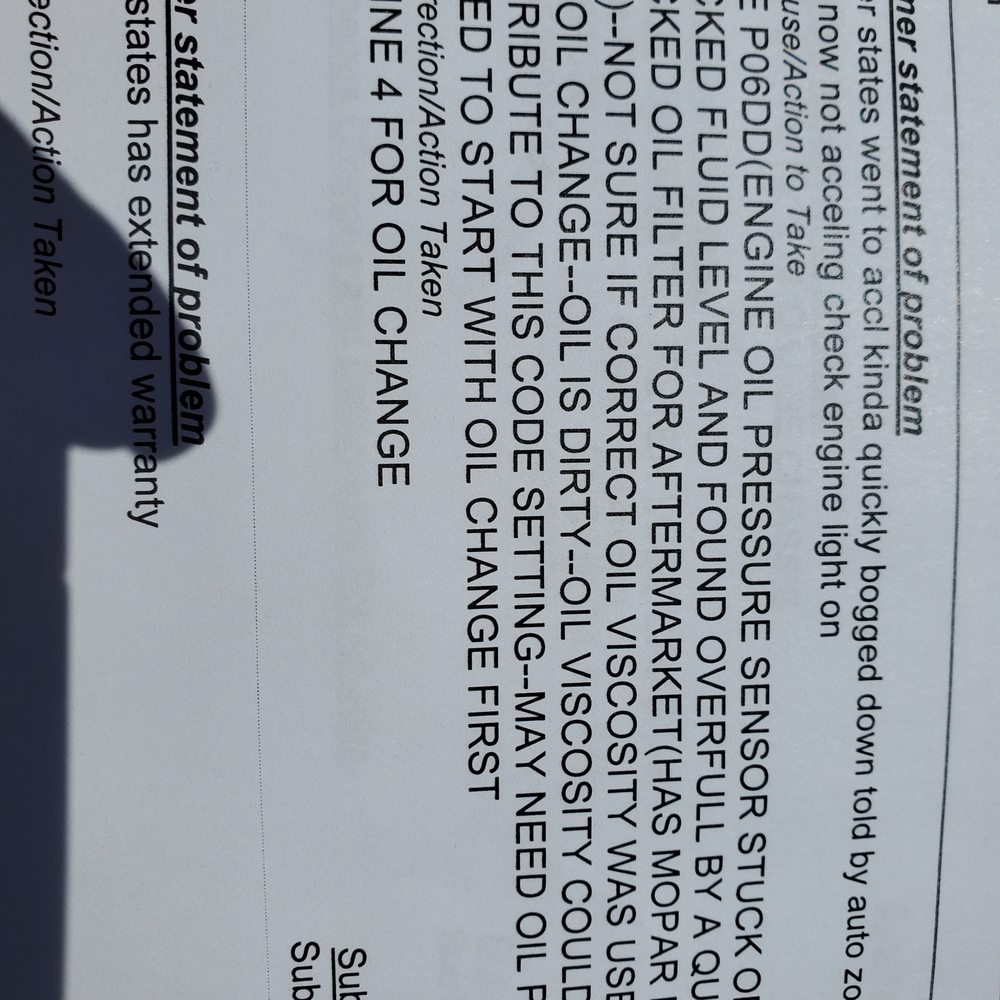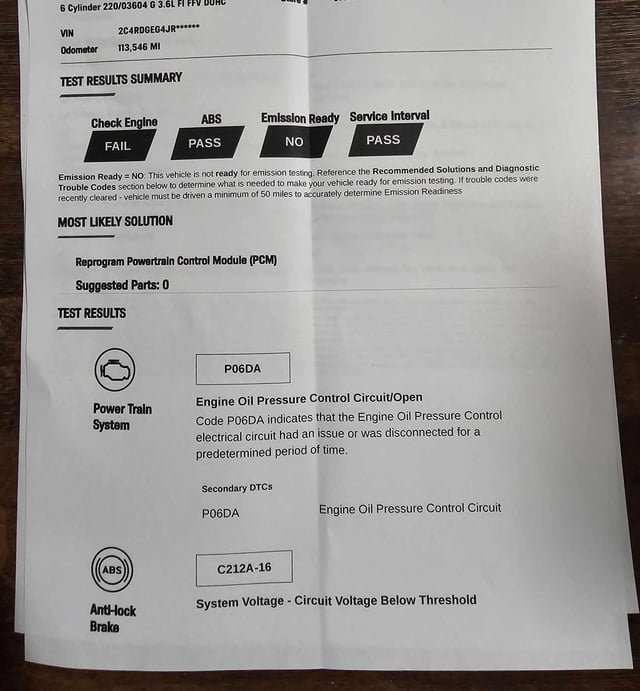Driving with the oil maintenance light on is not recommended. Low oil pressure can damage the engine.
It is crucial to address the warning promptly to avoid costly repairs. Neglecting the oil maintenance warning can lead to severe engine damage, resulting in the need for a complete engine replacement. Regularly checking and maintaining proper oil levels is essential for the longevity and performance of your vehicle.
Ignoring the warning light can have detrimental consequences and should be taken seriously to prevent further issues down the road. Remember, addressing the oil maintenance warning promptly can save you from significant headaches and expenses in the long run.

Credit: www.reddit.com
The Perils Of Ignoring The Oil Maintenance Light
Driving with the oil maintenance light on is a risky move, as it indicates low oil pressure and can lead to severe engine damage. Ignoring this warning may result in costly repairs or even engine failure. It’s crucial to address this issue promptly to avoid potential hazards on the road.
What The Oil Light Indicates
When the oil light comes on in your vehicle, it is indicating that there is low oil pressure in your engine. This can be caused by a number of things, including low oil levels, a malfunctioning oil pump, or a clogged oil filter. Whatever the cause, it is important to address the issue as soon as possible to avoid serious damage to your engine.Risks Of Driving With The Oil Light On
If you continue to drive your vehicle when the oil light is on, you are putting your engine at risk of severe damage. The oil in your engine is responsible for lubricating all of the moving parts, reducing friction and wear. Without proper lubrication, the metal components in your engine can grind together, causing damage and eventually leading to engine failure. It is not advisable to drive with the oil light on for an extended period. If you’re driving on the highway, it’s best to find a safe place to stop and have your car checked out. Though you should never ignore an active oil change light, this isn’t usually a sign of an impending emergency. That’s not the case for your oil pressure light, however; if it activates on your dashboard, you need to take action immediately.How To Prevent Engine Damage
If your oil light comes on while you are driving, the first thing you should do is pull over to a safe location and turn off your engine. Check your oil level and add more if necessary. If your oil level is fine, you should have your vehicle towed to a mechanic as soon as possible to diagnose and repair the issue. Regular oil changes and maintenance can help prevent the oil light from coming on in the first place. It is important to follow your vehicle manufacturer’s recommended maintenance schedule to ensure that your engine stays properly lubricated and running smoothly. Ignoring the oil maintenance light can lead to costly repairs and even engine replacement. Don’t take the risk – if your oil light comes on, address the issue immediately to avoid the perils of ignoring the warning.Recognizing The Signs Of Oil Pressure Issues
Recognizing the signs of oil pressure issues is crucial for engine oil maintenance. Look out for warning indicators such as the oil pressure light illuminating on the dashboard or unusual engine noises. Immediate action is necessary to avoid potential damage to the engine.
Regular monitoring and prompt attention to these signs are essential for preserving the health of your vehicle’s engine.
Symptoms Of Low Oil Pressure
Low oil pressure can manifest in several ways, including engine knocking, ticking noises, and low oil pressure warning lights on the dashboard. Additionally, you may notice decreased engine performance, oil leaks, or excessive exhaust smoke. These symptoms indicate the urgency of addressing the low oil pressure to prevent severe engine damage.Consequences Of High Oil Pressure
High oil pressure can lead to issues such as oil foaming, seal damage, and engine oil leaks. Furthermore, it may cause stress on the engine components, reduced fuel economy, and premature wear. It is crucial to monitor and address high oil pressure to maintain the proper functioning of the engine. In summary, recognizing the signs of oil pressure issues is essential for maintaining the health of your vehicle’s engine. Whether it’s the symptoms of low oil pressure or the consequences of high oil pressure, being attentive to these indicators can help prevent costly repairs and ensure the longevity of your vehicle.Timely Oil Changes: More Than Just A Suggestion
Timely Oil Changes: More Than Just a Suggestion
Understanding Oil Change Frequency
Regular oil changes are crucial for maintaining your engine’s health.
- Follow manufacturer recommendations for oil change intervals.
- Consider factors like driving habits and climate when determining frequency.
The Impact Of Delayed Oil Changes
Delaying oil changes can lead to:
- Increased engine wear and tear.
- Reduced fuel efficiency.
- Risk of engine overheating.
Don’t underestimate the importance of timely oil changes to keep your engine running smoothly.
Deciphering The Dashboard: Oil Light Vs. Pressure Light
When it comes to maintaining your vehicle, understanding the signals on the dashboard is crucial. Deciphering the dashboard warning lights, especially the oil light and oil pressure warning light, can prevent serious damage to your vehicle.
Oil Change Indicator Light Explained
When the oil change indicator light illuminates on your dashboard, it’s a signal that your vehicle is due for an oil change. This light is a reminder for regular maintenance and doesn’t require immediate action, but it’s essential not to ignore it.
Oil Pressure Warning: Immediate Action Required
If the oil pressure warning light comes on, immediate action is necessary. This warning indicates that the engine oil pressure has dropped to a dangerously low level, which can lead to severe engine damage. When this light appears, it’s crucial to pull over safely and turn off the engine to prevent further harm.
Diy Versus Professional Oil Maintenance
When it comes to engine oil maintenance, there’s often a debate between handling it yourself or seeking professional help. Both options have their pros and cons, and it’s essential to weigh them carefully to ensure your vehicle’s engine runs smoothly and efficiently.
How To Check Your Oil Level At Home
Checking your oil level at home is a simple yet crucial task. Follow these steps to ensure your engine has adequate oil:
- Start with a warm engine parked on a level surface.
- Locate the oil dipstick, usually with a brightly colored handle.
- Remove the dipstick, wipe it clean, reinsert it, and then pull it out again to check the oil level.
- Ensure the oil level is between the minimum and maximum markers on the dipstick.
- If the level is low, add the recommended type of oil as per your vehicle’s manual.
When To Seek Professional Help
While DIY oil maintenance can be rewarding, there are instances where professional assistance is necessary:
- If you’re unfamiliar with the process of changing oil or lack the necessary tools.
- If you notice unusual engine noises, oil leaks, or a significant drop in oil level between changes.
- If you’re unsure about the type of oil or filter best suited for your vehicle.

Credit: www.captoyota.com
The True Cost Of Skipping Oil Maintenance
Short-term Savings Vs. Long-term Costs
Choosing to delay oil maintenance may save money initially but can lead to costly long-term consequences. Neglecting regular oil changes can result in engine damage and expensive repairs down the line.
Tales Of Neglect: Real-world Repair Scenarios
Stories abound of drivers neglecting oil maintenance only to face significant repair bills. From engine seizures to worn-out components, skipping oil changes can lead to real-world repair nightmares.
Choosing The Right Oil For Your Engine
Choosing the right engine oil is crucial for the optimal performance and longevity of your vehicle. With various types of engine oils available, it’s important to understand the specific needs of your vehicle to make the right choice. Let’s explore the different types of engine oils and how to match the oil to your vehicle’s requirements.
Types Of Engine Oil
There are several types of engine oils available in the market, each designed for specific purposes and engine requirements. The most common types include:
- Conventional Oil: This is the traditional, basic oil suitable for light-duty, low-mileage vehicles.
- Synthetic Oil: Known for its superior performance and stability across a wide range of temperatures, synthetic oil is ideal for high-performance, heavy-duty, and high-mileage vehicles.
- High-Mileage Oil: Formulated to address the specific needs of older vehicles with high mileage, this type of oil helps reduce oil consumption and engine wear.
- Blended Oil: Combining conventional and synthetic oils, blended oil offers a balance of performance and cost-effectiveness.
Matching Oil To Your Vehicle’s Needs
When choosing the right oil for your engine, it’s essential to consider factors such as the vehicle’s age, mileage, driving conditions, and manufacturer recommendations. Consult your vehicle’s manual or seek guidance from a professional to determine the most suitable oil for your engine. Additionally, understanding the viscosity grade recommended for your vehicle’s engine is crucial in ensuring proper lubrication and engine protection.
Preventative Measures To Keep Your Oil Clean
To keep your oil clean and maintain engine health, adhere to regular oil changes, use high-quality oil filters, and monitor oil levels frequently. Avoid overfilling the oil reservoir and address any leaks promptly to prevent contamination.
Preventative Measures to Keep Your Oil Clean Regular Check-ups and Maintenance Regular check-ups and maintenance are crucial to keeping your engine oil clean and ensuring the longevity of your vehicle. It is recommended to have your oil changed every 5,000 to 7,500 miles or as recommended by your vehicle manufacturer. This will not only keep your oil clean but also ensure that your engine is running smoothly. During your oil change, it is important to have your oil filter replaced as well. This will help prevent contaminants from building up and clogging your oil filter, which can lead to decreased oil flow and engine damage. Additionally, having your oil filter changed regularly can help prevent contaminants from entering your engine, which can cause premature wear and tear. Avoiding Contaminants and Ensuring Longevity There are several steps you can take to prevent contaminants from entering your engine and ensure the longevity of your oil. First, be sure to use high-quality oil that is recommended for your vehicle. This will help prevent sludge buildup and keep your engine running smoothly. Secondly, avoid using low-quality oil filters or reusing old ones. This can lead to contaminants entering your engine and causing damage. Instead, use high-quality oil filters and replace them regularly. Lastly, be mindful of how you drive your vehicle. Frequent stop-and-go driving or driving in dusty or dirty conditions can lead to increased engine wear and tear and can cause contaminants to enter your engine. Try to drive your vehicle in a way that minimizes wear and tear and avoids dusty or dirty conditions whenever possible. In conclusion, regular check-ups and maintenance, avoiding contaminants, and ensuring longevity are all key preventative measures to keep your oil clean and your engine running smoothly. By following these tips, you can help prevent engine damage and ensure the longevity of your vehicle.
Credit: www.smarthondadesmoines.com
Frequently Asked Questions
Can I Drive With Oil Maintenance Light On?
No, driving with the oil maintenance light on is not recommended. Low oil pressure can damage the engine, leading to costly repairs or replacement.
How Long Can You Drive With Oil Maintenance Required?
Driving with the oil maintenance light on is not advisable. It indicates low oil pressure, which can severely damage your engine. It’s best to stop and have your car checked immediately.
How Long Can I Drive After Engine Oil Warning?
Do not drive after the engine oil warning light comes on. Low oil pressure can damage your engine.
How Urgent Is An Oil Change Light?
Ignoring an oil change light is not recommended, but it is not an emergency. However, if the oil pressure light comes on, immediate action is required as low oil pressure can cause serious damage to the engine. It’s best to stop driving and have the car checked out.
Conclusion
Ignoring the engine oil maintenance warning light can lead to catastrophic engine damage. It’s crucial to address this issue promptly by scheduling an oil change and inspecting for any underlying problems. Prioritizing regular maintenance will ensure the longevity and optimal performance of your vehicle, saving you from costly repairs in the long run.


